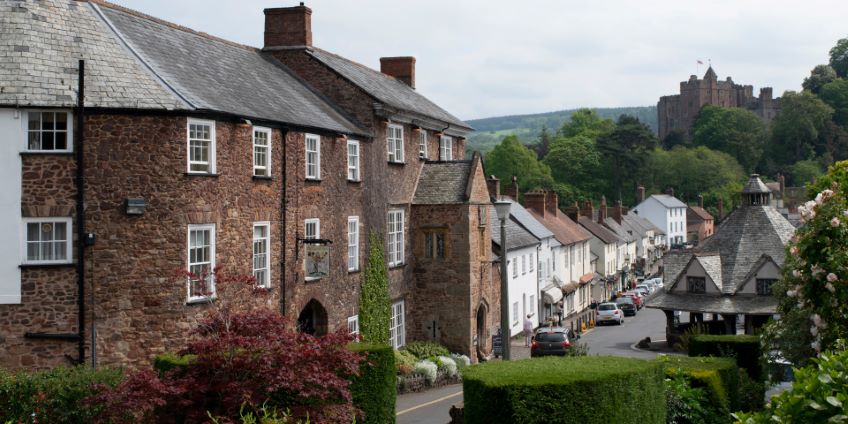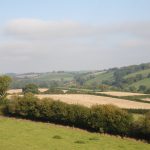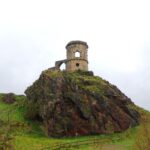Lady Luck was shining on us as we drove into the picturesque Somerset village of Dunster and straight into an empty parking space in front of the centuries old yarn market and right outside the historic Luttrell Arms.
“Yes, all the parking spaces outside are free which must be highly unusual,” said the receptionist who checked us in for a three-night dinner bed, and breakfast break.
With the 17th century timber framed yarn market at one end of the street and Dunster Castle dating back to the Middle Ages rising-up on a wooded hill at the other, this must be one of the most picturesque spots in England.
While the grade two listed market is a monument to Dunster’s once flourishing cloth trade, the castle’s history spans a thousand years and was the home of the Luttrell family from 1405 until after it was gifted to the National Trust in the 1970s.
With its blend of Jacobean and later Victoria styles and magnificent gardens it has to be a “must visit” destination on any tourist road map of Somerset and neighbouring North Devon.
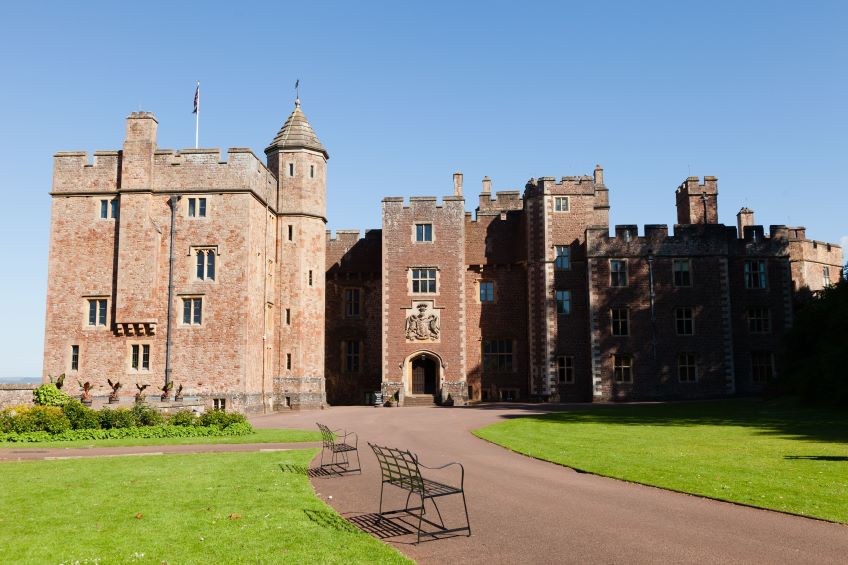
But we had driven down from our home in Monmouthshire to go walking.
So, after an excellent lunch we put on our trusty boots and strolled down from the back of the grade two star listed hotel and across the castle’s parkland to reach a weir on the now fast flowing River Avill which rises on the eastern side of mighty Dunkery Beacon in the Exmoor National Park and flows some sixteen kilometers to reach the sea at Dunster Beach.
Now with the castle towering above many ancient trees, we followed the river around to the Gallox Bridge a rare survivor of a medieval pack horse crossing and from there past chocolate box cottages and wildflower filled gardens back into the village and up to the hotel which was given its name by the Luttrell family back in 1779.
Several round-trip day walks requiring use of the relevant Ordnance Survey Landranger 181 Minehead & The Brendon Hills can be accessed from Dunster, including one to the quaint village of Timberscombe and a longer one inland to Luxborough with both villages having inns at the time of writing.
But as it had been raining for a week, I knew that long sections of both these walks, particularly the Timberscombe one, were liable to be muddy so we decided instead to ascend Grabbist Hill which climbs steeply out of the village, and to walk all along the ridge with extensive views north over Minehead and the Bristol Channel towards Wales.
The hill is said to be the inspiration for Mrs Cecil Alexander’s All Things Bright and Beautiful hymn published in her Hymns for Little Children in 1848.
While other beauty spots also share this claim, there were indeed scenes bright and beautiful as we stepped out along the ridge, the path now garlanded with bright yellow gorse bushes, their sweet coconut scent lingering on the morning air.
Retracing our steps a couple of hours later, we took a more gentle bridleway back into Dunster to rejoin the path beyond the village allotments where we had started.
Now the mainly fifteenth century St George’s Priory Church towering out of the landscape demanded a visit and we were not disappointed.
For besides a magnificent carved rood screen, the church displays a rare autographed facsimile of Handel’s famous Messiah.
As it had started raining, we called in at the National Trust’s working flower mill tea shop for a bowl of delicious carrot and orange soup accompanied by cheesy scones before returning to the hotel for some chill-out time.
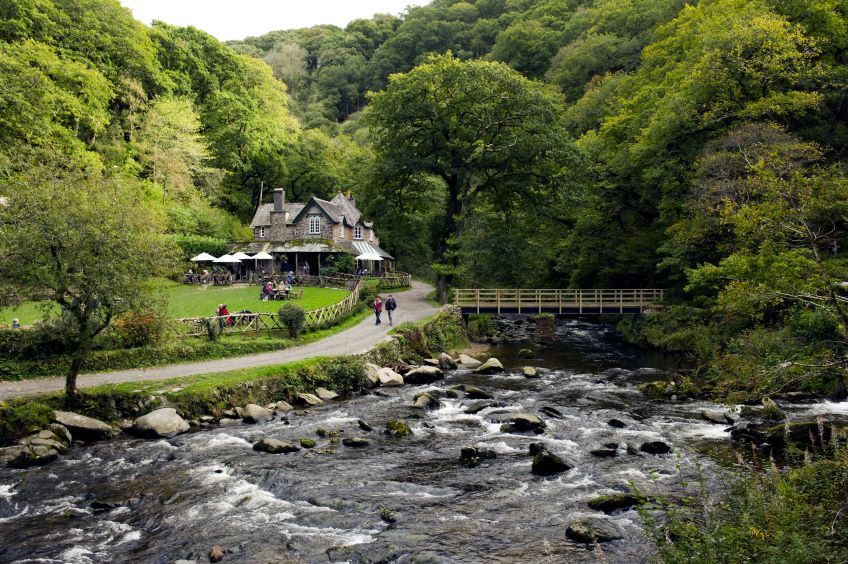
Leaving Dunster the following morning, we drove on past Minehead to Porlock, up exceedingly steep Porlock Hill, and all along the coast road with more magnificent channel views to descend into picturesque Lynmouth.
Here we started out on one of our favorite walks, namely the two miles up the fast- flowing East Lyn River that splashes and thunders its way down through deep gorges and ancient woodland to the famous Watersmeet beauty spot where it merges with Hoare Oak Water.
We had not gone more than a quarter of a mile when our way was blocked by the branches of a tree that had fallen across the path and it was quite a struggle getting through.
A former riverside fishing lodge, now a National Trust tea shop, attracts swarms of visitors to Watersmeet, but we were not stopping as we had another mile and a half still to go up quite a steep and rocky path to the riverside hamlet of Rockford and its cosy Rockford Inn where we stopped for a bowl of soup.
We were halfway back when it suddenly occurred to me that when I had bought our parking ticket that morning, I had left a little plastic pot of cash I keep for such purposes open on a post beside the machine!
Nearing the end of the walk, we were surprised to find that the tree obstruction had been removed, and even more surprised to find that although there were lots more vehicles in the car park my little pot of money was still there!

